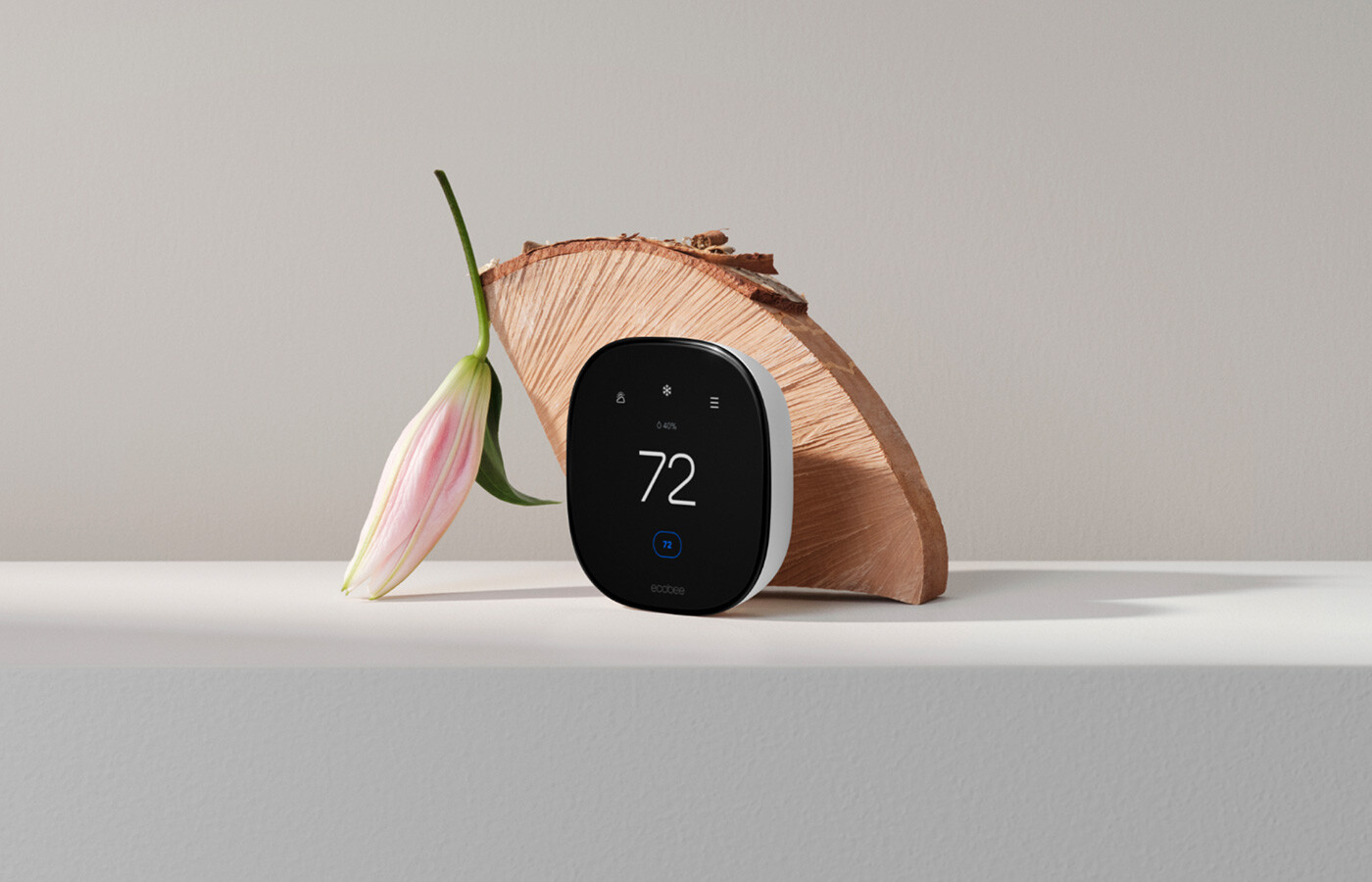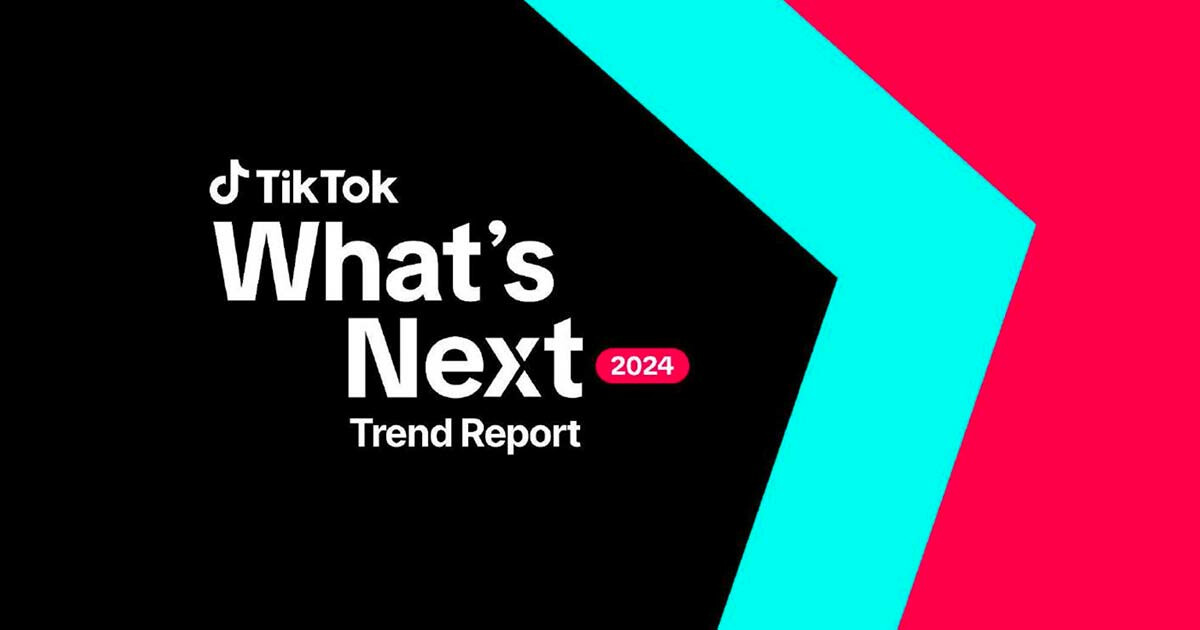What's the optimal content mix for a creator-led wellness brand?
We’ve been road-testing our free Creator Content Calculator with realistic brand archetypes. Here’s a fun one. Picture a premium wellness brand spending ~$250k/mo on Meta. They have two hero SKUs (daily greens drink // collagen supplement), speak to a 40+ health-conscious audience, and are laser-focused on conversions. I ran that scenario through the Calculator—and the starting point it suggests is refreshingly focused:


















